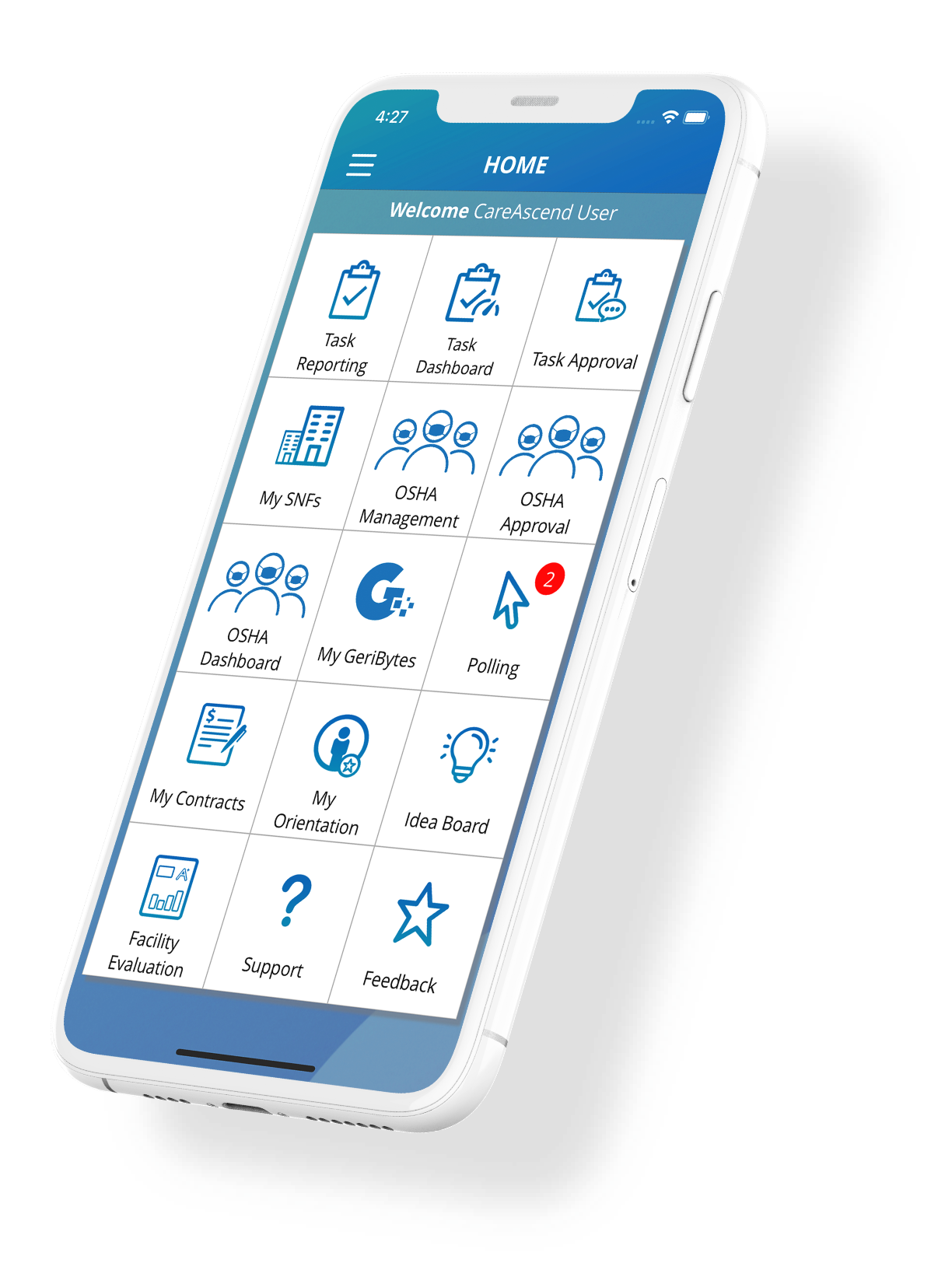News & Updates
We solve teamwork barriers for physicians, practitioners and other administrative leadership in healthcare systems.
We solve teamwork barriers for physicians, practitioners and other administrative leadership in healthcare systems.
September 2023
McKnight’s Gold Award fits nicely for Signature HealthCARESeptember 2023
Medical directors get new smartphone tool to better track tasks, compliance effortsSeptember 2023
American Senior Communities partners with CareAscend, A Medical Director Engagement Digital Solution, to Streamline and Enhance Medical Director RolesOctober 2022
Signature HealthCARE and CAREASCEND Win Gold and Top Honors in McKnight’s Excellence in Technology AwardsOctober 2019
CAREASCEND EARNS AWARD FOR EXCELLENCE IN TECHNOLOGYOctober 2019
CareAscend wins High-Tech, High-Touch Silver AwardMay 2019
Compliance Checkup: How Technology Can Positively Affect Compliance: An Interview with an InnovatorMay 2019
Medical Director BillingApril 2019
Compliance Checkup: Key Questions for Medical DirectorsDecember 2018
Addressing the Implementation Itch; Scratching the Traditional!November 2018
Signature HealthCARE Selects CareAscend, A Medical Director Engagement Digital Solution to Streamline and Enhance Medical Director RolesNovember 2018
How to Provide Value-Based Care with Arif Nazir, Chief Medical Officer at Signature Health